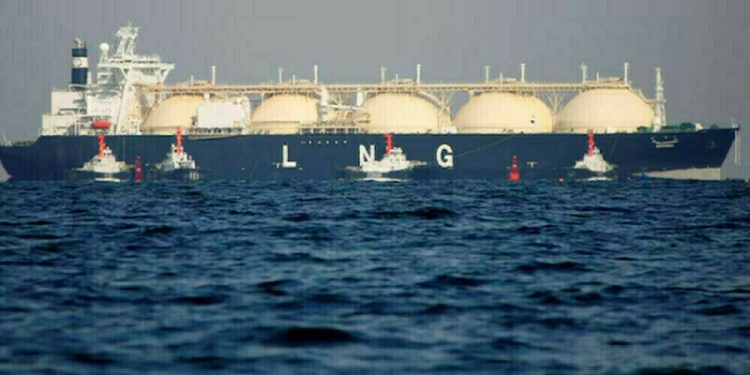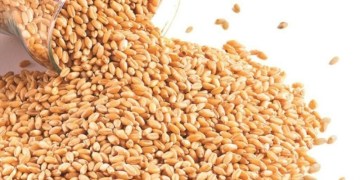Despite having duty-free access to the European market under the EU’s generalised scheme of preferences, the quality of most rubber produced in Myanmar is too low to sell in that market, according to U Khaing Myint, a spokesperson of the Myanmar Rubber Planters and Producers Association.
“Local plantations failed to produce rubber of a quality high enough for the EU. They are not aware of the standards required,” he said, adding that the specifications are very precise. “They have to know how much dust, sand, stone, water and water vapours are contained in the rubber. Even if we get buyers from the EU, if shipments don’t meet their quality standards we have to compensate them,” U Khaing Myint said.
About 70 percent of rubber produced in Myanmar is exported to China, with most of the rest going to Singapore, Malaysia, Indonesia, Vietnam, Korea and India, according to the association. Last year 81,000 tonnes of rubber were exported, earning about US$230 million.
U Khaing Myint said the low quality of rubber results in a lower price for the most commonly exported grade from Myanmar, RSS-3. “The international price for RSS-3 is about $2350 per tonne, but our rubber only gets about $2100 per tonne,” he said.
Still, one container containing 22 tonnes of rubber departed for Europe last month after GSP privileges were formally granted to Myanmar, the Department of Trade Promotion said.
A spokesperson from the department said GSP benefits will provide an incentive for local producers to expand and improve the quality of rubber.
He also said that even when Myanmar was under sanctions rubber produced here was shipped to the EU and the US. Trade was indirect, he added.
Rubber plantations are
concentrated in Mon and Kayin states and Taninthayi Region. Production levels, about 150,000 tonnes a year, are a fraction of Thailand’s, which produces 3.2 million tonnes a year.
Source: Myanmar Times



























